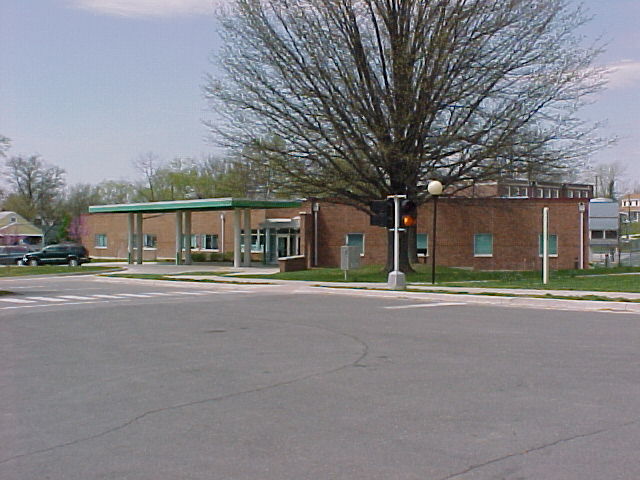| Home Page
History
Professionals
Educators
Parents
Politicians and Advocates
Interpreters
Favorite Links
|
Welcome to our website! In this website, you will learn past, present, and future ramifications policy has on deaf education. We hope that you will come away with more knowledge than when you came in, as well as, a new awareness that policy regarding deaf education needs to be reworked.
ISSUE ADDRESSED
The policies on deaf education are very vague. These policies do not cover all the issues that need to be addressed for the deaf and/or hard of hearing population to have a decent education. Primarily, this website will focus on education for kindergarten through twelfth grades. However, most policies do not address specific educational levels, so therefore, we will assume that the educational polices for the deaf are speaking primarily about basic education as in kindergarten through twelfth grades. Missouri parallels that of the nation. Educational attainment of deaf students continues to be unacceptably low. Education of the deaf in Missouri is extremely decentralized. There is no office on deafness within the Department of Elementary and Secondary Education (DESE). There is no statewide standard for what students with hearing loss ought to achieve; nor is there a recognized authority that sets direction for the local education agencies (LEAs). The result is a hodgepodge of approaches and strategies that does little to create confidence that children are receiving appropriate education. It is every district for itself with little uniformity among programs, differing objectives and a plethora of instructional methods, plans and polices. A deaf child's success in school is more dependent on who wins the inevitable deadly turf war than on the child's natural abilities.
|
 |
SUMMARY OF ARGUMENTS
Prior to 1975, more than half of the children with disabilities in the U.S. did not receive appropriate educational services that would enable such children to have full equality of opportunity. One million of the children with disabilities in the U.S. were excluded entirely from the public school system and did not go through the educational process with their peers because of the lack of adequate services within the public school system. Families were often forced to find services outside the public school system and often at great distances from their homes at their own expense. Due to these gaping failures on the part of the American educational system, Congress passed a series of laws that were aimed at addressing these problems. The first of these laws were the Rehabilitation Act of 1973. This combined with Public Law 94-142 (The 1975 Education for All Handicapped Children Act) assured a Free and Appropriate Education (FAPE) for every child with a disability. In 1990, individuals with Disabilities Education Act (IDEA) was enacted. The IDEA refers to the entire package of laws that assures a decent public education for all children with disabilities.
In regards to deaf education, it is important to note that the legal basis for the education of students with disabilities was founded on two principles affirmed by the Supreme Court: 1)that exclusion from public education is unacceptable, and 2)that separate is inherently unequal. It is important to realize that IDEA is basically a funding statute. In order to receive federal funds appropriated by Congress for IDEA, each state must develop a plan to ensure that the requirements of IDEA are met in that state.
However, in January of 1993 at the Midwestern Action Seminar held at Johnson County Community College in Overland Park, Kansas, the focus on deaf education was strongly emphasized to be addressed at the state level. Shortly after this meeting, the Task Force on Education of the Deaf was formed which included a large cross section of groups with interest in deaf education which included parents, grassroots deaf community advocates, representatives from local education agencies (LEAs) as well as professionals on deaf education. The task force was directed to do a broad study on the current state of deaf education in Missouri. The task force concurs with the findings from the report "Achieving Excellence in Education of All Deaf Students". This report was from a joint conference between the National Association of State Directors of Special Education (NASDSE) and the Conference of Educational Administrators Serving the Deaf (CEASD) in 1991. The task force agrees with the NASDSE and CEASD's findings of deficiences in deaf education nationally and believes they are reflective of specific deficiencies found in Missouri. For more information on these deficiencies, refer to our "Educators" page located in this website. |
The American Sign Language Manual Alphabet
|
GOALS OF WEBSITE
The goals of our website are to educate the parents and educators on the current status of education for deaf children. We hope that we will provide enough information to guide you in understanding what policies are in place and which are needed to make deaf education better.
|

Missouri School for the Deaf
Stark Elementary School
The Missouri School for the Deaf (MSD) provides a well rounded education for K-12 students. MSD provides separate facilities for elementary, junior high and senior high school students.
|
|
|
